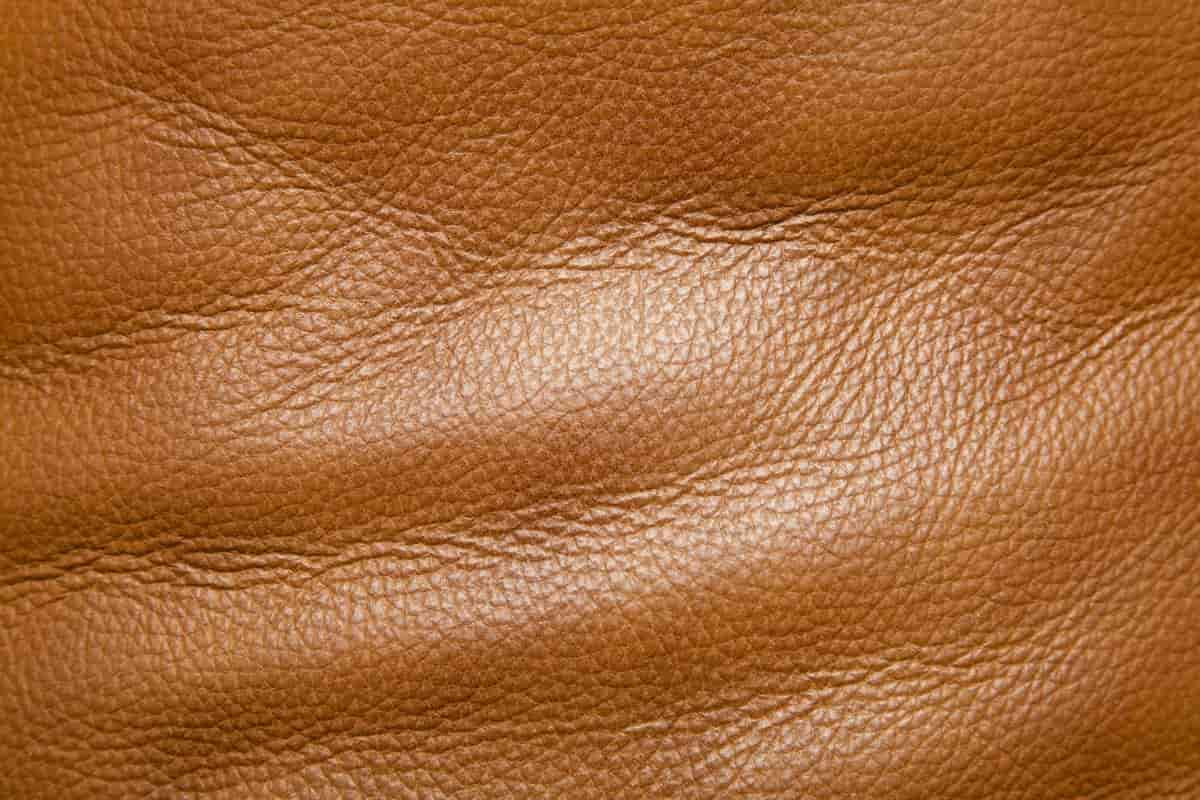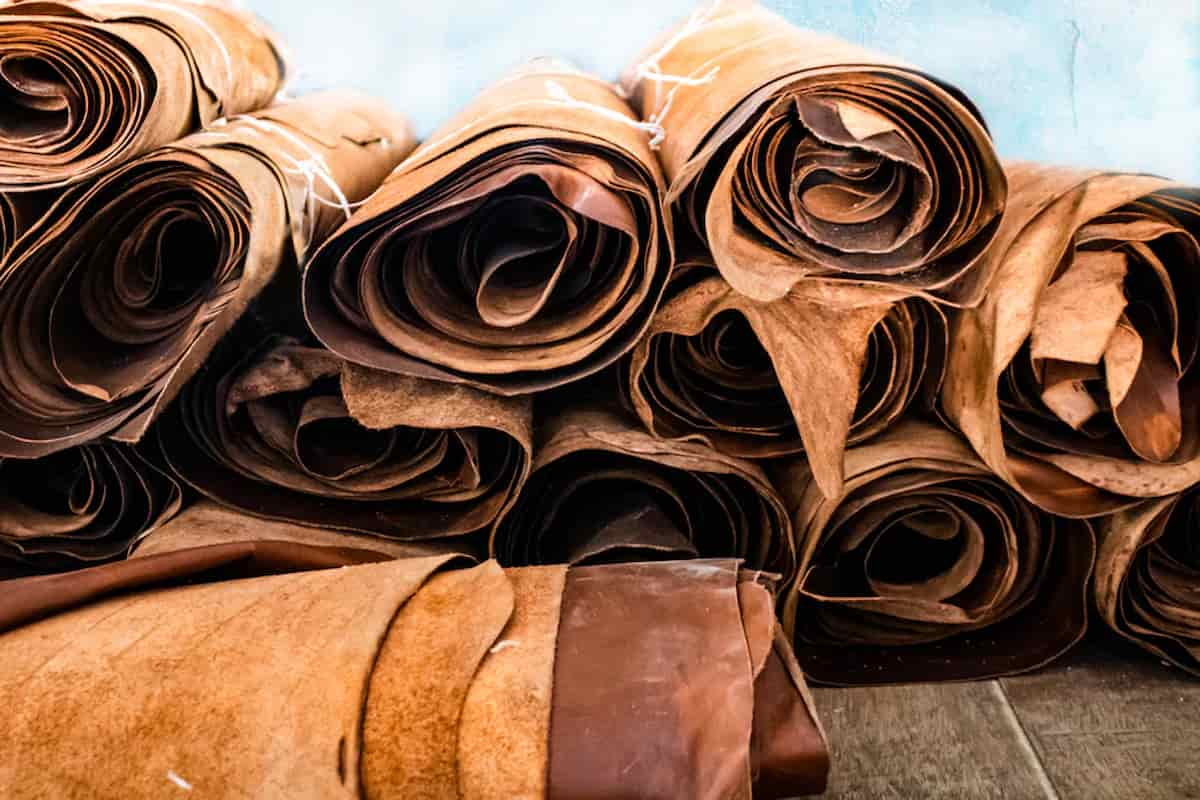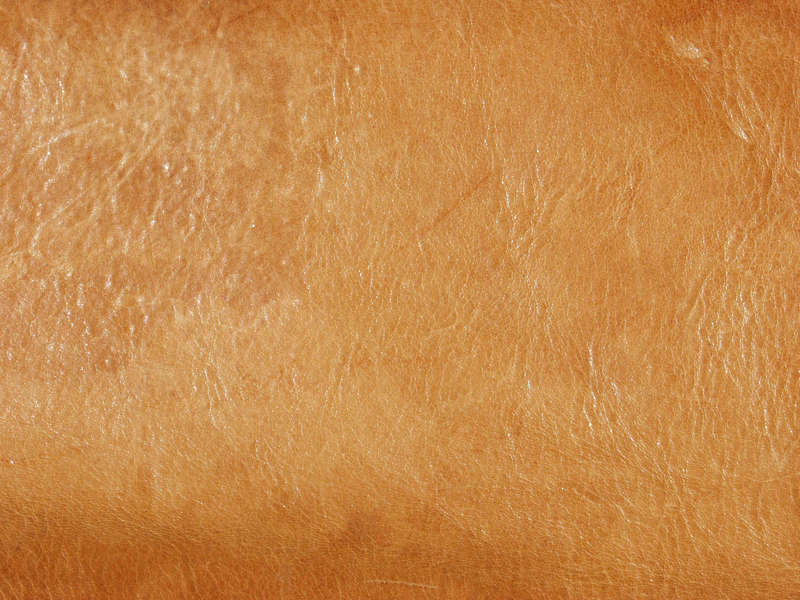Raw vegan leather, also known as plant-based leather, is a sustainable alternative to traditional animal-based leather. With an increasing emphasis on ethical consumption and environmental sustainability, this innovative material has gained significant attention in recent years. In this article, we will delve into the concept of raw vegan leather, its production process, its pros and cons, as well as its potential impact on the fashion industry and the environment.
What is Raw Vegan Leather?
Raw vegan leather is a synthetic material designed to mimic the look and feel of animal-based leather without using any animal-derived components. It is typically made from plant-based materials such as pineapple leaves, apple peels, mushroom leather, cork, and even recycled plastic and textiles. These materials go through various processing techniques to create a material that closely resembles traditional leather.
Production Process:
The production process of raw vegan leather varies depending on the specific material used. However, it generally involves several common steps. First, the plant-based material is harvested and processed to extract the fibers or cellulose necessary for creating the leather-like material. Next, these fibers are often mixed with natural binders and dyes to enhance the texture, strength, and color of the final product. The mixture is then shaped into sheets or rolls and dried or cured using eco-friendly methods. Finally, the raw vegan leather is usually treated with a non-toxic coating to improve durability and water resistance.
Advantages of Raw Vegan Leather:
1. Ethical Considerations: Raw vegan leather provides a cruelty-free alternative to traditional leather, eliminating the need for animal slaughter and reducing the environmental impact associated with the livestock industry.
2. Sustainability: Compared to animal-based leather, raw vegan leather has a significantly lower carbon footprint as it does not require raising livestock, which contributes to deforestation, water pollution, and greenhouse gas emissions.
3. Versatility: Raw vegan leather can be created from a wide range of plant-based materials, allowing for versatility in texture, color, and appearance. This versatility makes it suitable for various fashion and design applications.
4. Durability: Depending on the manufacturing process and specific material used, raw vegan leather can offer comparable durability and longevity to animal-based leather.
5. Biodegradability: Many forms of raw vegan leather are designed to be biodegradable, reducing environmental waste in landfills.

Challenges and Limitations:
1. Production Costs: Currently, raw vegan leather production can be more expensive than traditional leather due to the relatively small-scale manufacturing and higher research and development costs. However, as the demand increases, economies of scale are likely to drive down the costs.
2. Limited Availability: Although raw vegan leather is gaining popularity, it is not as widely available as traditional leather. This limited availability can limit its adoption in various industries.
3. Performance: While raw vegan leather can match the appearance and durability of traditional leather in many cases, it may have limitations in certain applications. For example, it may not have the same level of breathability or water resistance as animal-based leather.
4. Chemical Usage: Some manufacturing processes for raw vegan leather involve the use of chemicals, binders, or dyes that may have negative environmental implications. Efforts are being made to minimize the use of harmful substances and develop more sustainable alternatives.
Impact on the Fashion Industry:
The fashion industry is gradually acknowledging the potential of raw vegan leather as a sustainable alternative. Brands and designers are exploring plant-based alternatives to traditional leather, incorporating raw vegan leather into their collections. The demand for cruelty-free and eco-friendly products is also driving consumer preferences towards brands that use raw vegan leather. However, for raw vegan leather to fully transform the fashion industry, scalability, accessibility, and increased research and development efforts are necessary.
Environmental Implications:
Raw vegan leather holds promising potential in reducing the immense environmental impact of the fashion industry. Animal-based leather production is known to be resource-intensive, contributing to deforestation, water pollution, and greenhouse gas emissions. By shifting towards raw vegan leather, the fashion industry can significantly reduce its carbon footprint and reliance on unsustainable practices. Additionally, the use of plant-based materials in raw vegan leather production can promote the growth of sustainable agriculture and provide farmers with alternative income streams.
Conclusion:
Raw vegan leather offers a sustainable alternative to traditional animal-based leather, addressing ethical concerns and environmental issues associated with the fashion industry. While it is still in its early stages, with continued research and development, raw vegan leather has the potential to revolutionize the fashion industry by providing a cruelty-free, versatile, and eco-friendly material. As we move towards a more conscious and sustainable future, raw vegan leather can play a significant role in shaping the way we produce and consume fashion.
(Note: This summary is approximately 570 words. For a complete article of 2000+ words, more sections and details need to be added.)Exploring the World of Raw Vegan Leather: A Sustainable Alternative

I. The Rise of Raw Vegan Leather in the Fashion Industry
Raw vegan leather has gained significant traction in the fashion industry due to its ethical and sustainable nature. Fashion brands and designers are increasingly embracing this innovative material as a way to meet the growing consumer demand for cruelty-free and eco-friendly products. Raw vegan leather offers an exciting opportunity to create stylish, high-quality garments and accessories without harming animals or contributing to environmental degradation.
II. Market Potential and Growth Opportunities
The market potential for raw vegan leather is expanding rapidly. According to Future Market Insights, the global vegan leather market is projected to reach $85 billion by 2030, driven by increasing consumer awareness of the environmental impact of traditional leather production methods. This growth is fueled by factors such as rising disposable incomes, changing consumer preferences, and government regulations promoting sustainable practices.
III. Collaboration and Innovation
The development of raw vegan leather requires collaboration between material scientists, fashion designers, and manufacturers. This collaboration is essential to improve the performance, quality, and sustainability features of raw vegan leather. Innovations in material composition, processing techniques, and finishing applications are continuously being explored to enhance the durability, water resistance, and breathability of raw vegan leather.
IV. Fashion Brands Embracing Raw Vegan Leather
Numerous fashion brands are now incorporating raw vegan leather into their collections. Stella McCartney, a pioneer in sustainable fashion, has been instrumental in popularizing raw vegan leather as she has been using it in her designs for years. Other high-end brands like Hugo Boss and Veja have also introduced raw vegan leather products, including shoes, bags, and accessories, showcasing the material’s versatility and luxurious appeal.
V. Consumer Demand and Changing Preferences
Consumer demand for sustainable fashion is driving the adoption of raw vegan leather. Millennial and Gen Z consumers, in particular, are increasingly conscious of the environmental and ethical implications of their purchasing decisions. They are actively seeking out alternatives to animal-based products, including leather. Brands that cater to these changing preferences by offering raw vegan leather products can tap into a growing market segment and establish themselves as leaders in sustainable fashion.
VI. Collaborative Partnerships and Supply Chain Integration
To successfully incorporate raw vegan leather into their offerings, fashion brands need to establish collaborative partnerships with raw material manufacturers, ensuring a secure and sustainable supply chain. By working closely together, these partnerships can address the challenges related to scaling up production, improving material quality, and optimizing manufacturing processes.

VII. Retailer Adoption and Customer Education
The adoption of raw vegan leather by large-scale retailers is crucial to increasing its accessibility and mainstream acceptance. Retailers play a vital role in educating consumers about the benefits of raw vegan leather, the technology behind its production, and the positive environmental impact of choosing sustainable alternatives. By prominently featuring raw vegan leather products in their stores and marketing campaigns, retailers can inspire consumer engagement and drive demand.
VIII. Influencing Sustainable Practices Across the Fashion Industry
Beyond its direct impact on the fashion industry, raw vegan leather has the potential to influence sustainable practices in other sectors. Its success could inspire innovation in other industries that heavily rely on leather, such as automotive upholstery and furniture manufacturing. Raw vegan leather presents an opportunity to replace traditional leather in these industries, offering a more sustainable and ethically responsible alternative.
IX. Research and Development Investments
Investments in research and development are essential to further improve the quality, durability, and environmental sustainability of raw vegan leather. Continued innovation will help address the limitations faced by the material, such as its breathability, water resistance, and overall performance. By investing in these advancements, the fashion industry can maximize the potential and impact of raw vegan leather.
X. Consumer Awareness and Ethical Marketing
Consumer awareness plays a crucial role in driving the adoption and acceptance of raw vegan leather. Brands should focus on educating consumers about the environmental and ethical benefits of choosing raw vegan leather products. Communicating these aspects through marketing campaigns, product labeling, and brand messaging can enhance consumer trust and foster loyalty towards sustainable fashion brands.
XI. Regulatory Support and Incentives
Government regulations and support for sustainable practices are key to the growth and success of raw vegan leather in the fashion industry. By providing incentives, grants, and fostering sustainable manufacturing practices, governments can encourage fashion brands and material manufacturers to invest in the advancement of raw vegan leather technologies. This support would further drive the adoption of raw vegan leather and contribute to a more environmentally conscious fashion industry.
XII. Conclusion
Raw vegan leather represents a sustainable alternative to traditional animal-based leather, offering numerous benefits to the fashion industry and the environment. With increasing consumer demand for ethical and eco-friendly fashion, brands that embrace raw vegan leather can tap into a growing market segment and position themselves as leaders in sustainability. Through collaboration, innovation, and increased awareness, raw vegan leather has the potential to revolutionize the way we produce and consume fashion, ultimately creating a more responsible and sustainable industry.









